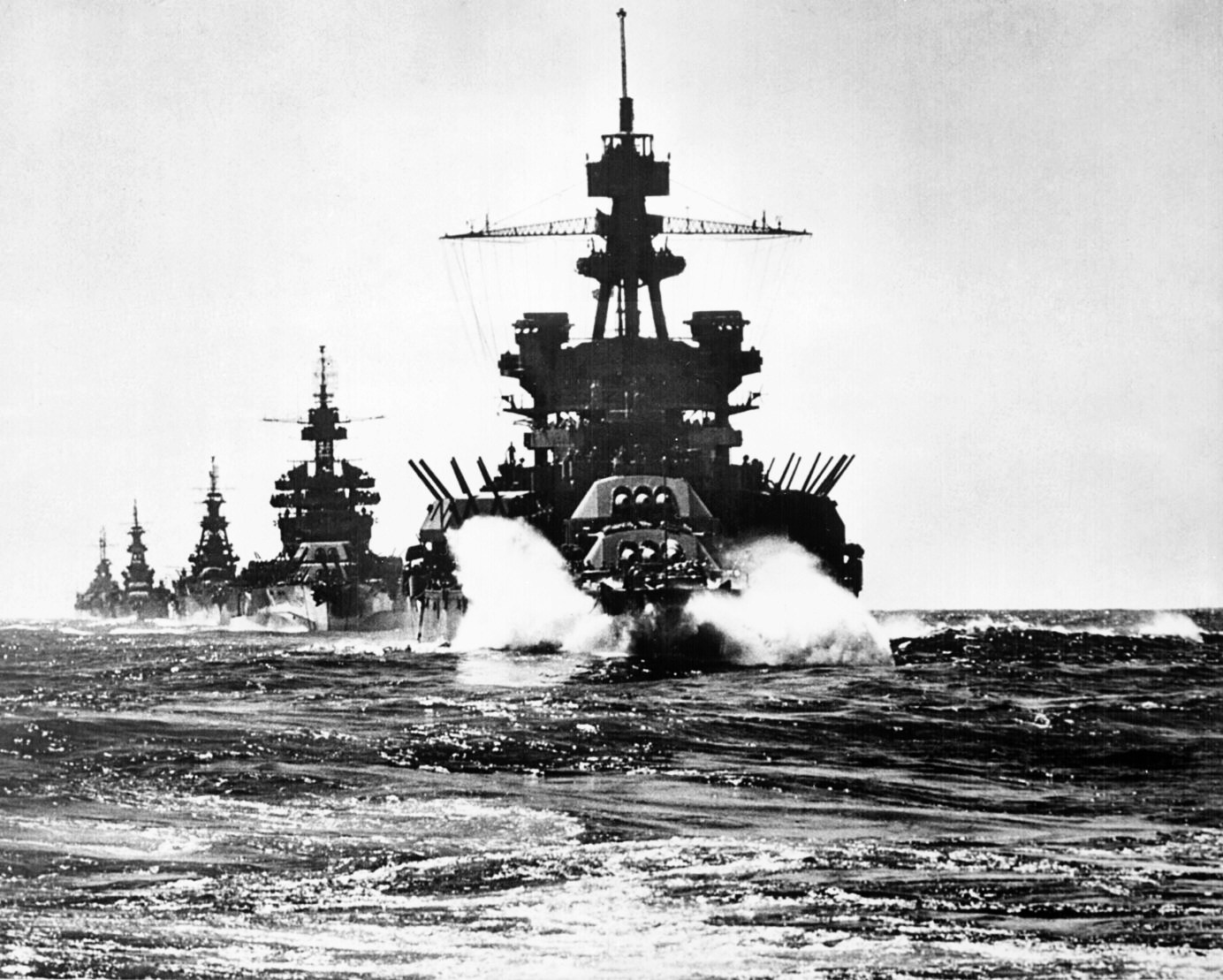I'm not talking battlecruisers or fast armor slabs here, I'm talking chibi Standards. Any difference in speed would be maybe a one knot advantage from having a slightly different displacement-horsepower ratio. And it wouldn't be penny packets, it would be several light caps with a pack of screening ships to rip through the enemy screen. Smaller ships are cheaper, so chibi Standards would be more numerous than the full sized versions.
First off, goalpost shifting. This whole time you've been arguing for numerous faster, smaller forces. But let's go along with this.
If you have a smaller ship,
you have less firepower, armor, and speed.
So how much smaller are we going? A Standard comes in at about thrity thousand tons, so to get a meaningfully larger number of ships, we've got to go down to ~20,000 tons, assuming you're going to have a useful advantage in numbers. (Tonnage is a useful proxy for cost, so it's a good way to judge
about how many more of these smaller ships we can build per Standard)
So let's start trimming. First, two turrets. Each triple turret on a Pennsylvania-class battleship weighs about 750 tons. If we include ammunition, that's about a thousand tons per turret. So we're down to 28,000 tons. Next, the barbette armor. If there's two less turrets, we don't need that barbette armor for those turrets. That's
about another thousand tons per barbette, so we're down to twenty-six thousand tons. So far, we've halved the armament of Pennsylvania, and we're getting 1.15 of these battleships per Pennsylvania, and half the armament. Already, things aren't looking good. But let's continue.
Shortening the belt thanks to those deleted turrets(and thus, the ship) lets us drop another thousand tons or so, bringing us to 25,000 tons. We're now building 1.2 of these battleships per Standard, each of which has half the guns, so overall you're getting 60% as many guns to the battlefield for your money.
Reduced machinery and secondary battery drops another two thousand tons (roughly), bringing us to 23,000 tons. We're getting close! You're now building 1.3 of these per Standard, but again, each one brings half as many guns to the fight, and parks them on a less stable (which means less
accurate) platform.

